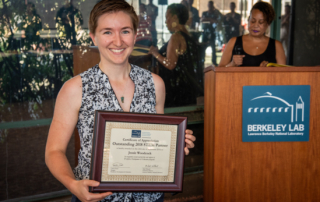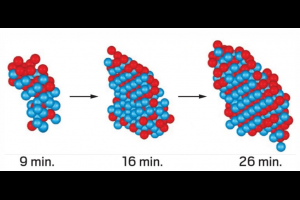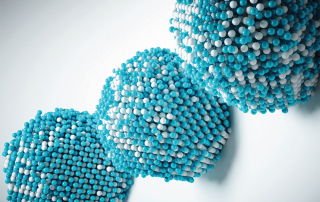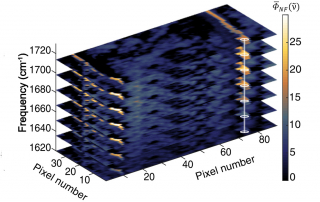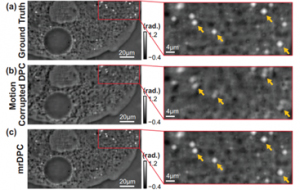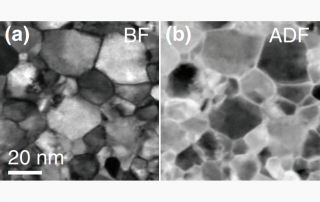Congrats to Jessie Woodcock for Receiving an Outstanding 2018 STEM Partner Award in recognition of partnership and support of Workforce Development & Education programs
On Thursday, September 26, Workforce Development & Education hosted our annual Mentor Appreciation event where we recognized our outstanding mentors and STEM partners. This event highlighted accomplishments for FY2018. Outstanding 2018 STEM Partner is hereby awarded on this 26th day of September 2019, to Jessie Woodcock, in recognition of partnership and support of Workforce Development & Education programs.
